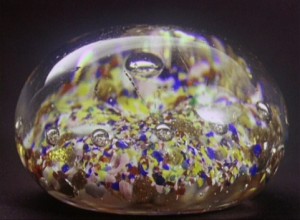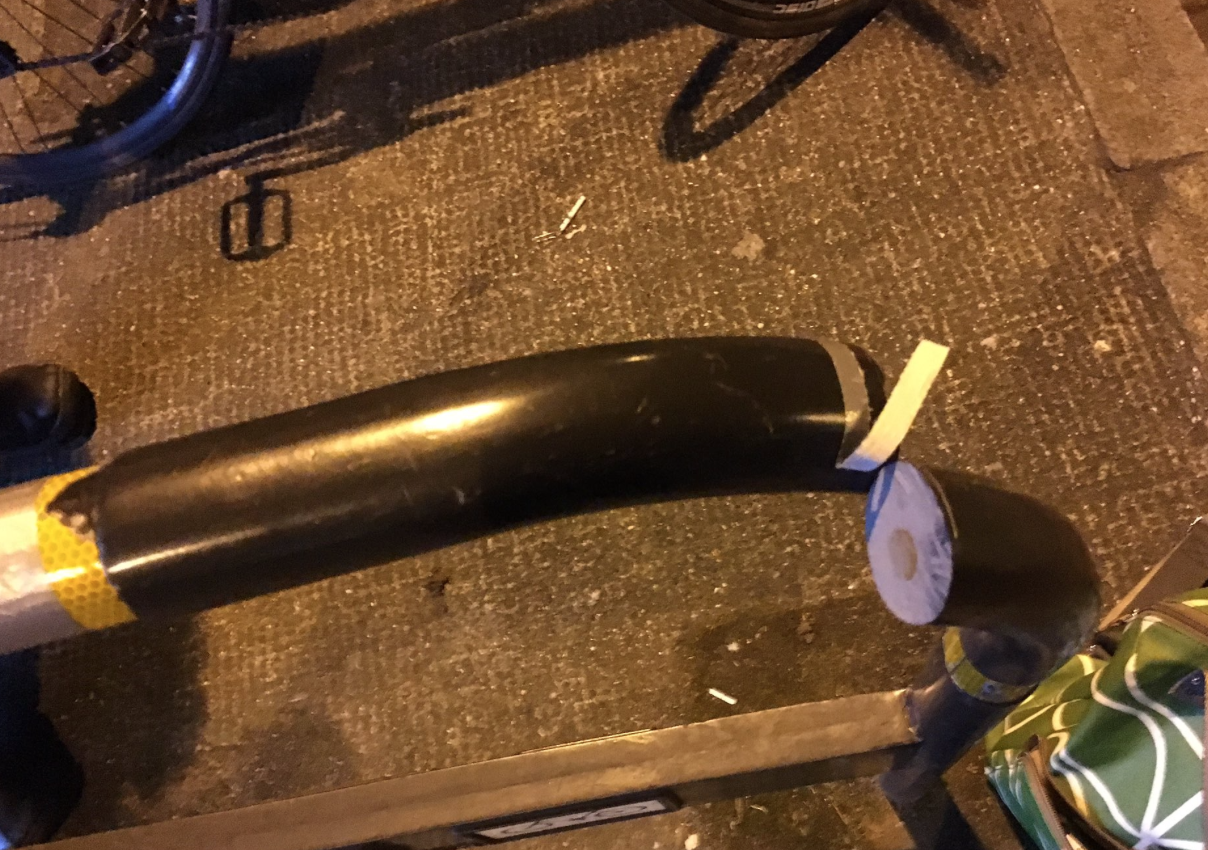
The “cultural explorer” Isabelle Cornaro, who wants her audience to question their understanding of the world gives them something of an unpleasant headache.
The exhibition, entitled “Paysage Avec Poussin” which translates as “Landscape with Poussin” consists of one main installation and two short movies which intends to provide context for the exhibition itself, when in fact, it makes it all dreadfully complicated.
French artist Cornaro, who is well known in her country, alludes to in the exhibition to Baroque 17th century artist Nicolas Poussin by specific selection of artefacts placed on pedestals, which was supposed to resemble Poussin’s masterpiece entitled “Landscape with Polyphemus”. Connection with Poussin is also not clearly visible, as contemporary artist compares sculptures with paintings and content of presented by both artists slightly differs. According to the exhibition guide particular placement of objects questions the “aesthetic and cultural value” but naturally it could be interpreted as either a praise or adoration.
On the other hand the installation in the main gallery, entitled “Paysage avec Poussin et témoins oculaires”, is quite visually impressive, since the black columns create a nice contrast with white walls and spectator gets an impression of being locked inside a labyrinth. Also, the observer can see those sculptures from as many dimensions as possible and consequently become a part of the exhibition, when they walk between pedestals, what can be quite exciting – especially for children, who tend to treat art gallery as a playground. Unfortunately, this is the exhibition’s only advantage.
It also has to be said that it was incredibly difficult to find a way to a movie screening, which were located on the first floor due to the fact that Gallery did not provide a signs to direct viewers straight to the projection.
In my opinion, the biggest advantage of these movies is the fact that they are short. It would be difficult to expect an exciting piece from artist trying to reference her work to a 17th century painter but screenings were unclear and also hardly caused any reflection. I think that a sudden change of illumination or creation of the shadow by shifting lights can be perceived as a desperate effort to improve mainly a visual impression of screening.
The first piece entitled “Premier rêve d’Oskar Fischinger”, which translates as “The first dream of Oskar Fischinger” lasts for nearly four minutes and the only thing of significant note is a glass bowl filled with colourful objects, which is aesthetically, very pleasant. According to exhibition guide, it hints at colonisation and territorial expansion and that connection seemed to be rather incomprehensible, since objects presented there do not come to mind, while thinking about those occurrences.
The second movie entitled “Figures” presents numerous different objects piled up including coins, jewellery and banknotes. The amount of objects creates a huge mess and the viewer has an issue to concentrate on the particular element as the scenery and lighting changes rapidly and that enhances feelings of confusion.
However, to save the best for the end. The coffee at the Gallery’s café is absolutely brilliant and it is really worth trying. It is quiet there but that is obvious, mainly because of the mediocre art presented there.



